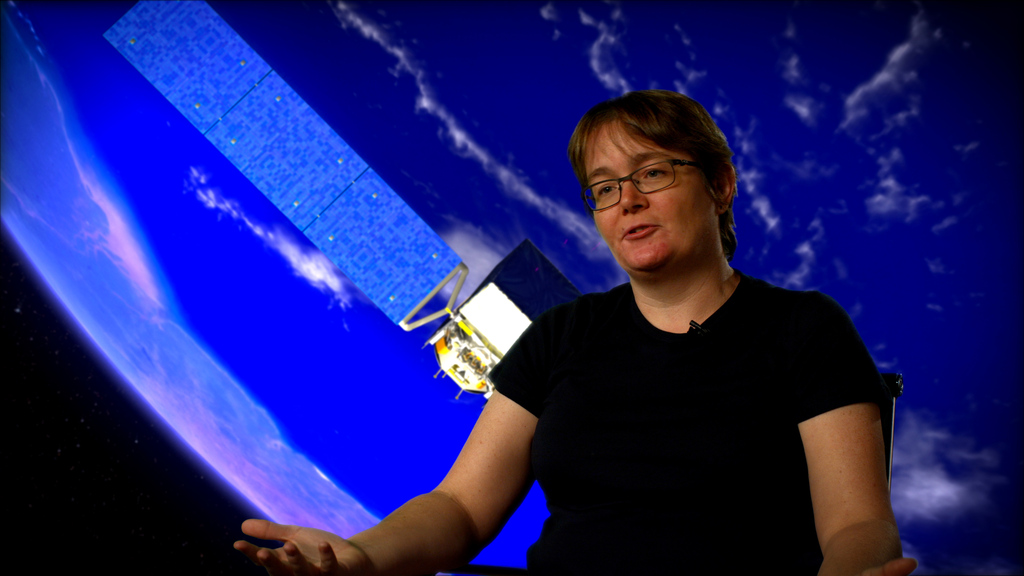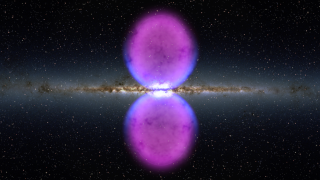How to make a gamma ray
A series of animations showing how gamma rays can be created through various particle interactions.
Pion production and decay animation. A proton travelling to the speed of light strikes a slower-moving proton. The protons survive the collision, but their interaction creates an unstable particle — a pion — with only 14 percent of the proton's mass. In 10 millionths of a billionth of a second, the pion decays into a pair of gamma-ray photons.
Inverse Compton scattering animation. An electron travelling at close the speed of light has a head-on collision with a lower-energy photon (from microwave to ultraviolet). The photon picks up energy from the electron and becomes a gamma ray.
Pair production animation. A gamma ray grazes an atom and interacts with it. The reaction annihilates the gamma-ray photon and creates a matter/antimatter pair of an electron and a positron.
Electron bremsstrahlung animation. An electron traveling close to the speed of light is deflected by the electric field of an atomic nucleus. It emits gamma rays as its path bends.
Credits
Please give credit for this item to:
NASA/Goddard Space Flight Center
-
Animator
- Scott Wiessinger (UMBC)
-
Producer
- Scott Wiessinger (UMBC)
Release date
This page was originally published on Tuesday, November 9, 2010.
This page was last updated on Wednesday, May 3, 2023 at 1:53 PM EDT.
Missions
This page is related to the following missions:Series
This page can be found in the following series:Tapes
The media on this page originally appeared on the following tapes:-
Fermi Gamma Ray Bubbles
(ID: 2010136)
Tuesday, November 9, 2010 at 5:00AM
Produced by - Robert Crippen (NASA)



